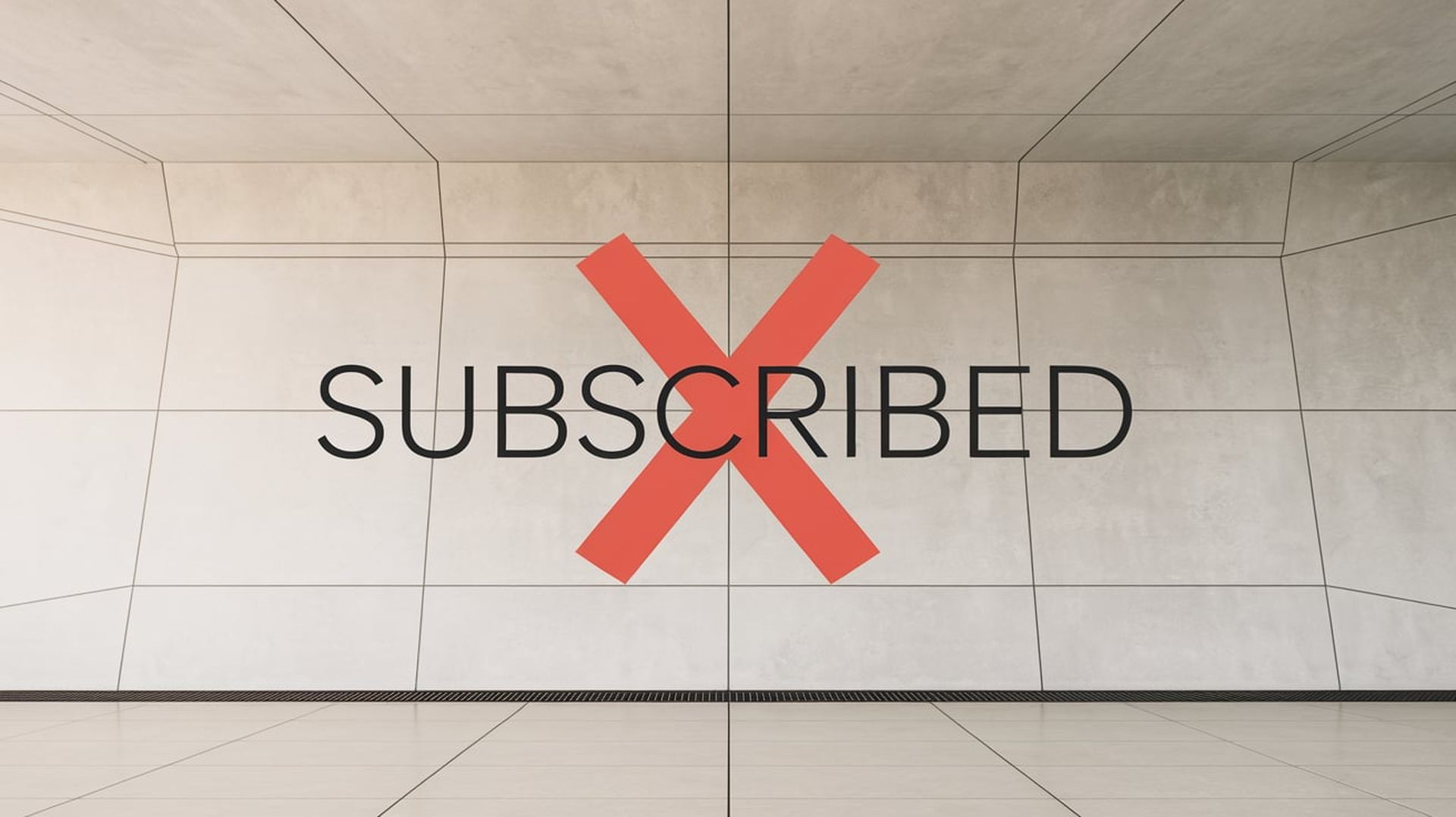FTC’s Click-to-Cancel rule is ending the subscription trap

The Federal Trade Commission (FTC) has introduced a new “Click-to-Cancel” rule aimed at simplifying the process of canceling subscriptions. The rule ensures that canceling a service will be just as easy as signing up for it, addressing widespread complaints about the difficulties consumers face when trying to end recurring payments.
From Click-to-Sign-Up to Click-to-CancelLet’s get one thing straight: companies have been playing dirty. They’ve made it easy to sign up for their services—just a click here and a tap there—and boom, you’re locked into a subscription. But when it comes time to cancel? It’s like you’re trying to break out of a bureaucratic maze. “Too often, businesses make people jump through endless hoops just to cancel a subscription,” said FTC Chair Lina M. Khan. “The FTC’s rule will end these tricks and traps, saving Americans time and money. Nobody should be stuck paying for a service they no longer want.”
The FTC’s new rule levels the playing field, requiring companies to provide a cancellation option that’s just as simple as the one they used to reel you in. Whether you’re dealing with a streaming service, a gym membership, or an online magazine, canceling will soon be as easy as signing up.
 The Federal Trade Commission (FTC) has introduced a new “Click-to-Cancel” rule aimed at simplifying the process of canceling subscriptions (Image credit)
The “negative option” loophole is finally closing
The Federal Trade Commission (FTC) has introduced a new “Click-to-Cancel” rule aimed at simplifying the process of canceling subscriptions (Image credit)
The “negative option” loophole is finally closing
The rule is about shutting down shady practices known as “negative option” programs. These are the sneaky setups where companies treat your silence as consent to keep charging you. Whether it’s automatic renewals, free trials that morph into paid plans, or subscriptions buried in fine print, negative option programs have been a thorn in consumers’ sides for years.
As Erin Witte, Director of Consumer Protection for the Consumer Federation of America, bluntly put it: “No subscription business model should be structured to profit from a gauntlet-style cancellation process.” With this new rule, the FTC is taking a sledgehammer to these deceptive practices. Companies will no longer be able to hide behind legalese or obscure terms that trap consumers in unwanted subscriptions.
Under the new rule, companies are required to be upfront about their subscription terms, and they can’t charge you unless you give explicit consent. This means no more fine print surprises or vague auto-renewal clauses. As Shennan Kavanagh from the National Consumer Law Center pointed out, “People should be able to click to unsubscribe just as easily—not spend months trying to cancel unwanted subscriptions.”
FTC is hunting Amazon and judge approves it
However, the Click-to-Cancel rule doesn’t completely slam the door on corporate shenanigans. A proposal that would have forced companies to send consumers annual reminders about their subscription status didn’t make the final cut. So, while it’s now easier to cancel, companies are still free to try and sweet-talk you into staying before you pull the plug.
The rule is a significant step in the right direction, but it’s just the beginning. The FTC receives thousands of complaints every year about negative option programs, and the number has been steadily increasing. In 2024 alone, the agency was hit with nearly 70 complaints a day, up from 42 per day in 2021. The subscription trap is a billion-dollar industry, and companies won’t give up their recurring revenue without a fight.
Commissioner Lina Khan and her allies at the FTC are determined to keep pushing for consumer-friendly reforms. “The FTC’s new rule is an important recognition of the struggles consumers have been facing to free themselves from hidden contract language and misleading practices,” said Kavanagh. But as Kavanagh noted, there’s still more work to be done. Congress and state legislatures may need to step in to provide even stronger protections for consumers.
 The rule is about shutting down shady practices known as “negative option” programs (Image credit)
What’s next for consumers?
The rule is about shutting down shady practices known as “negative option” programs (Image credit)
What’s next for consumers?
The Click-to-Cancel rule takes effect 180 days after it’s published in the Federal Register, which gives companies some time to clean up their act. When it goes live, expect your subscription landscape to change dramatically. Whether you’re a serial subscriber or someone who falls for the occasional free trial, canceling a service will soon be a pain-free process.
No more waiting on hold, no more searching through endless account settings, and no more having to plead your case to some retention specialist. The days of subscription traps are numbered, and the FTC is leading the charge to give control back to consumers. As Kavanagh succinctly put it, “We hope the FTC does not close the door to future rulemaking and that Congress and the states will go further to provide consumers even more transparency and control.”
Featured image credit: Kerem Gülen/Ideogram
